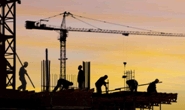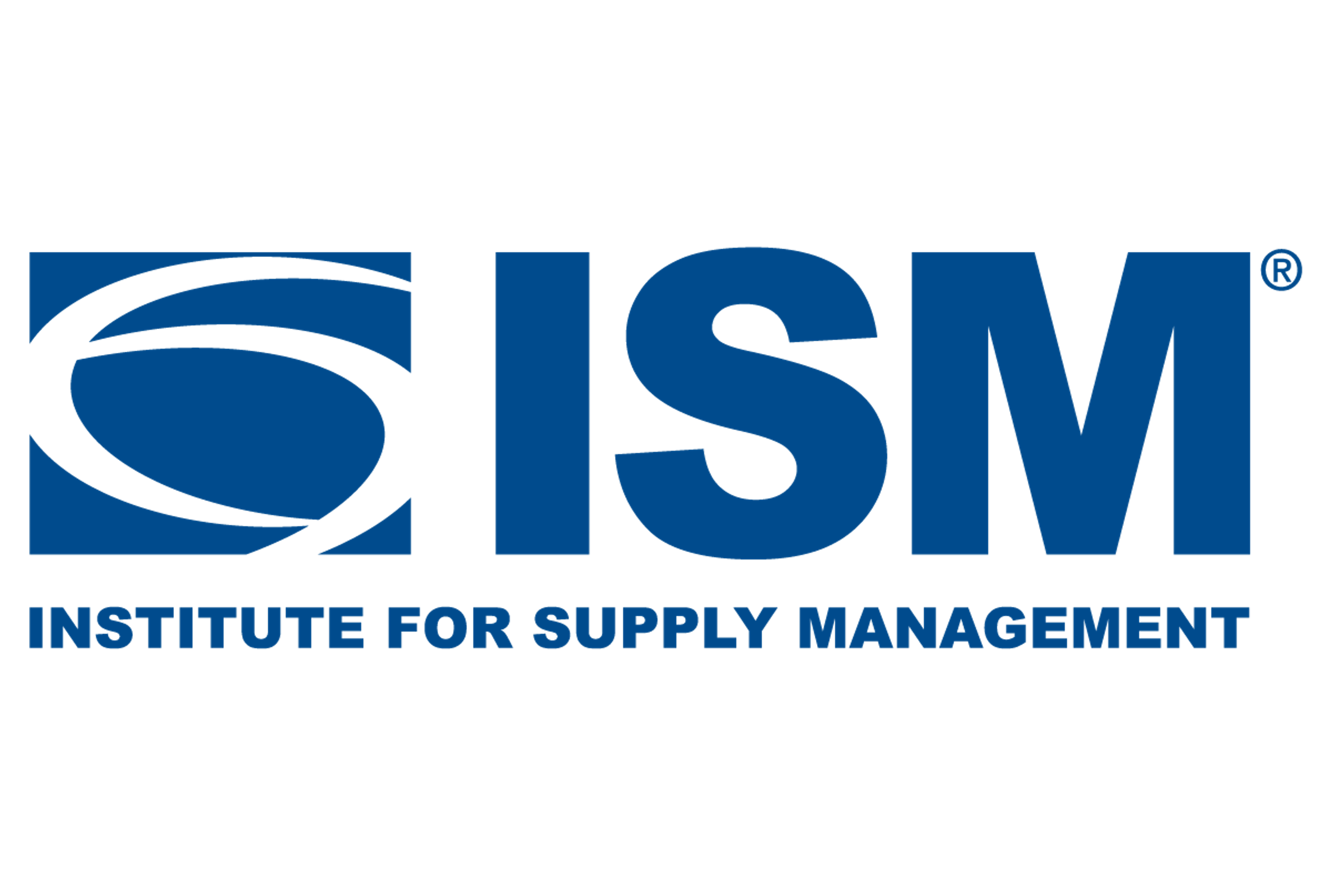Market Data

January 22, 2020
ABI Ends 2019 With a Third Increase
Written by Sandy Williams
The Architecture Billings Index rose for the third month in a row reaching 52.5 in December, according to the latest report by the American Institute of Architects. A reading above 50 indicates an increase in design services by architecture firms. Indices for new project inquiries and design contracts were positive, at 58.7 and 53.4, respectively.
“Despite the ongoing slowdown in billings in the Northeast, balanced growth across sectors and regions looks more positive for the coming year,” said AIA Chief Economist Kermit Baker. “Factors outside of the construction sector, such as trade policy and international events, could still impact demand for design services. However, recent fears about a downturn in construction activity have largely subsided.”
The three-month averages by region were West (54.0); South (52.2); Midwest (51.9); and Northeast (44.0).
Sector averages were commercial/industrial (54.0); multi-family residential (51.0); mixed practice (50.8); and institutional (50.8)






